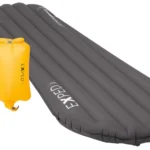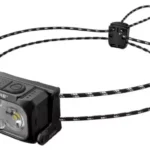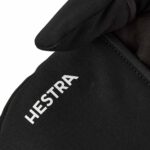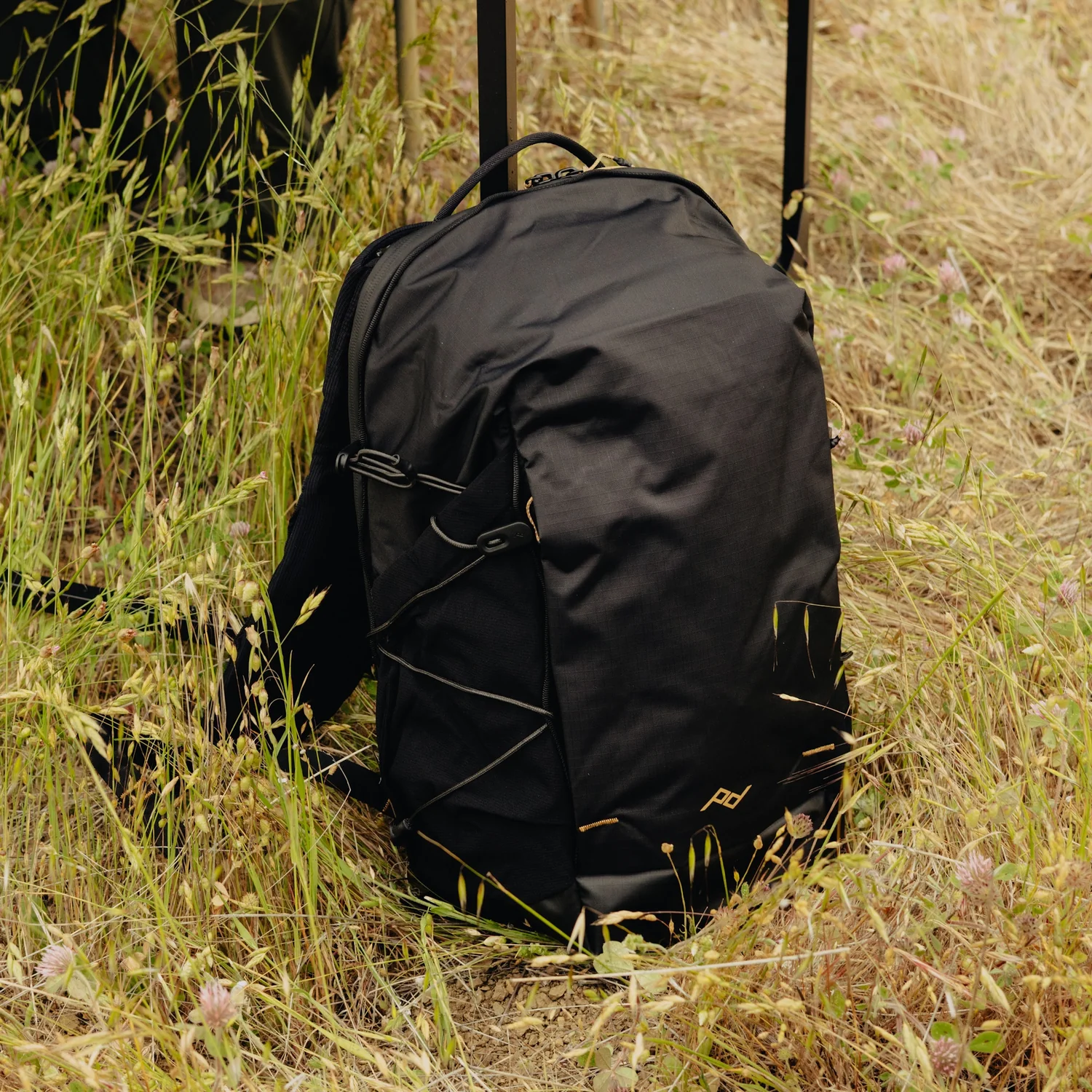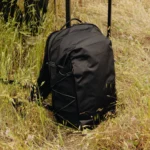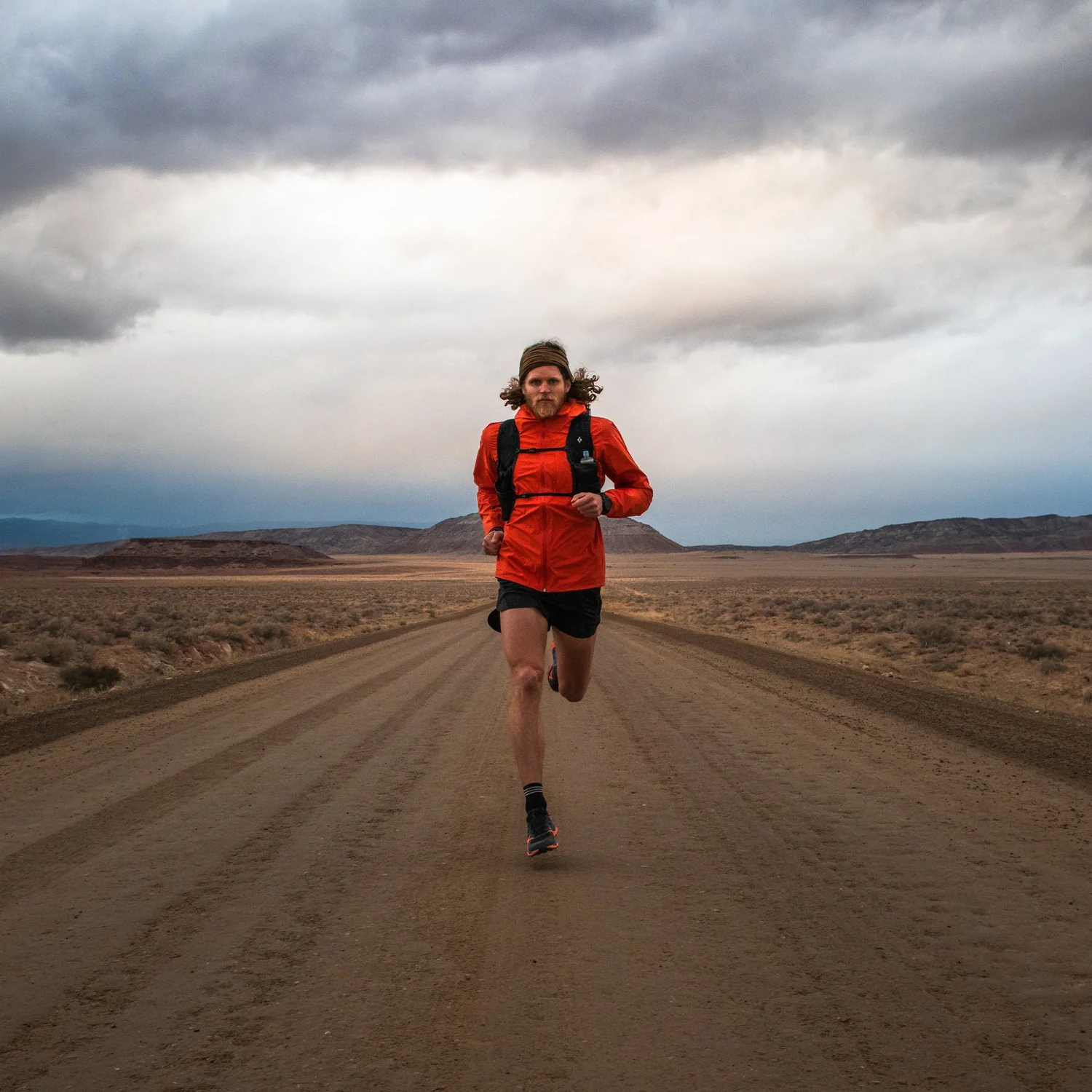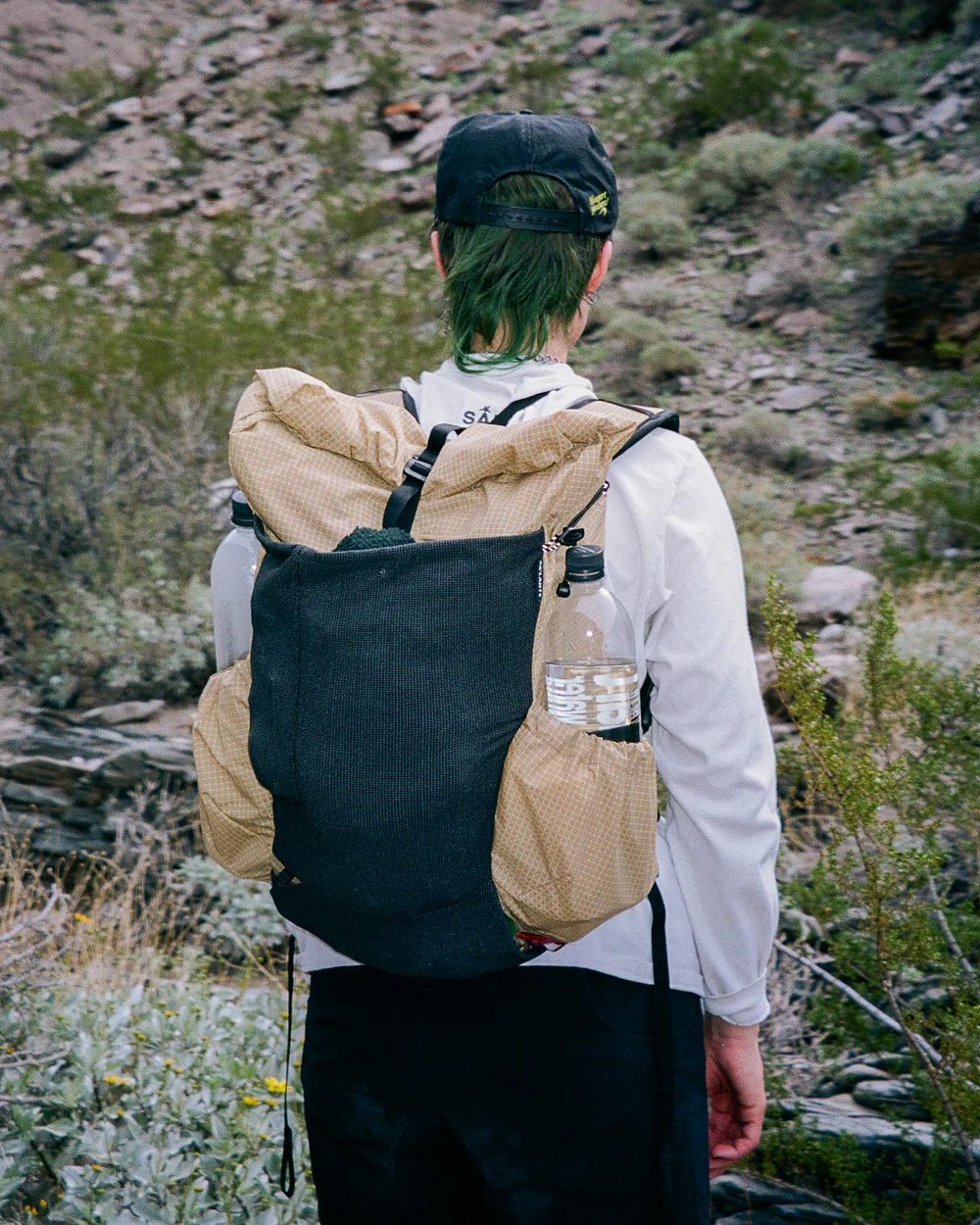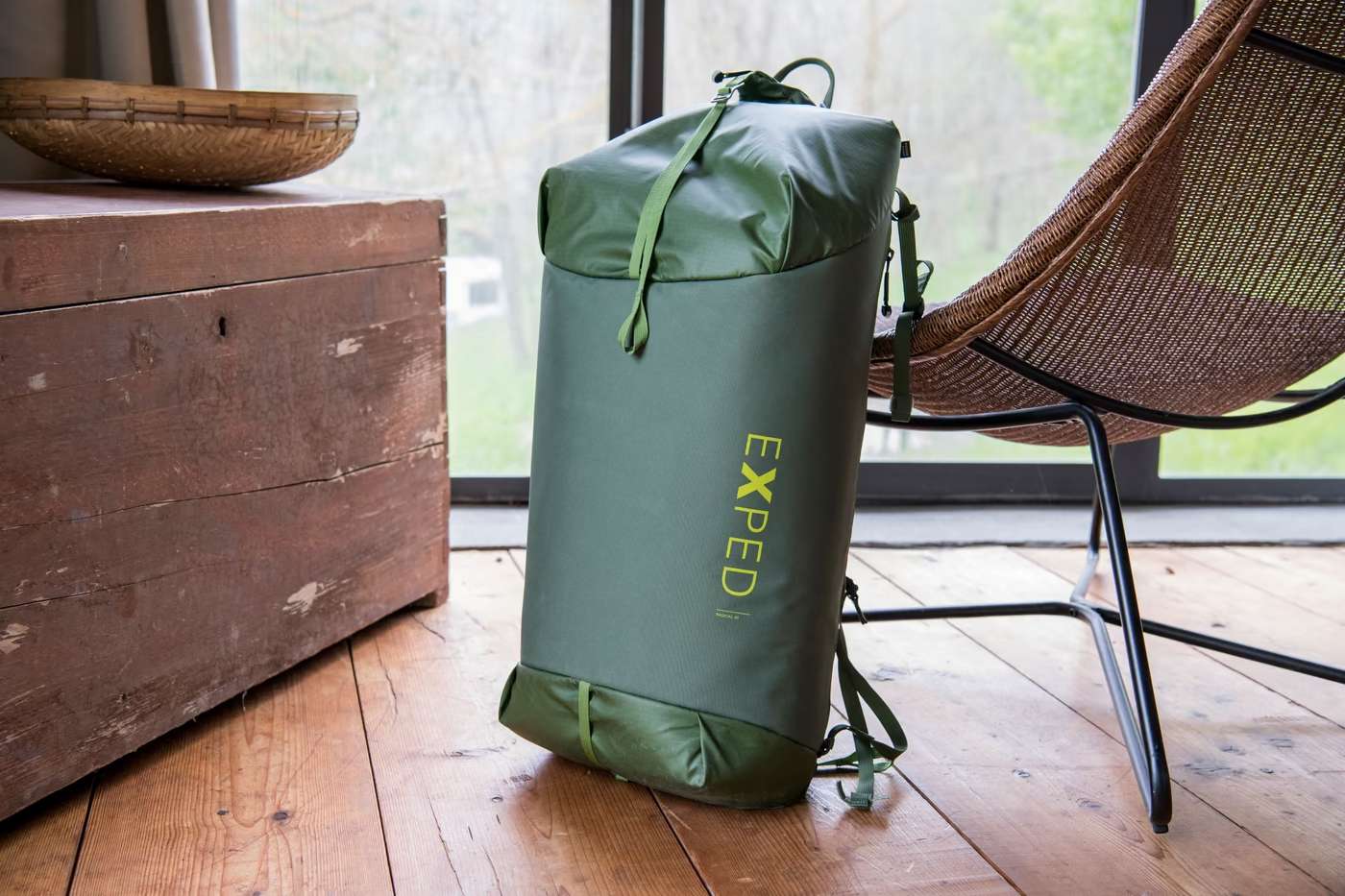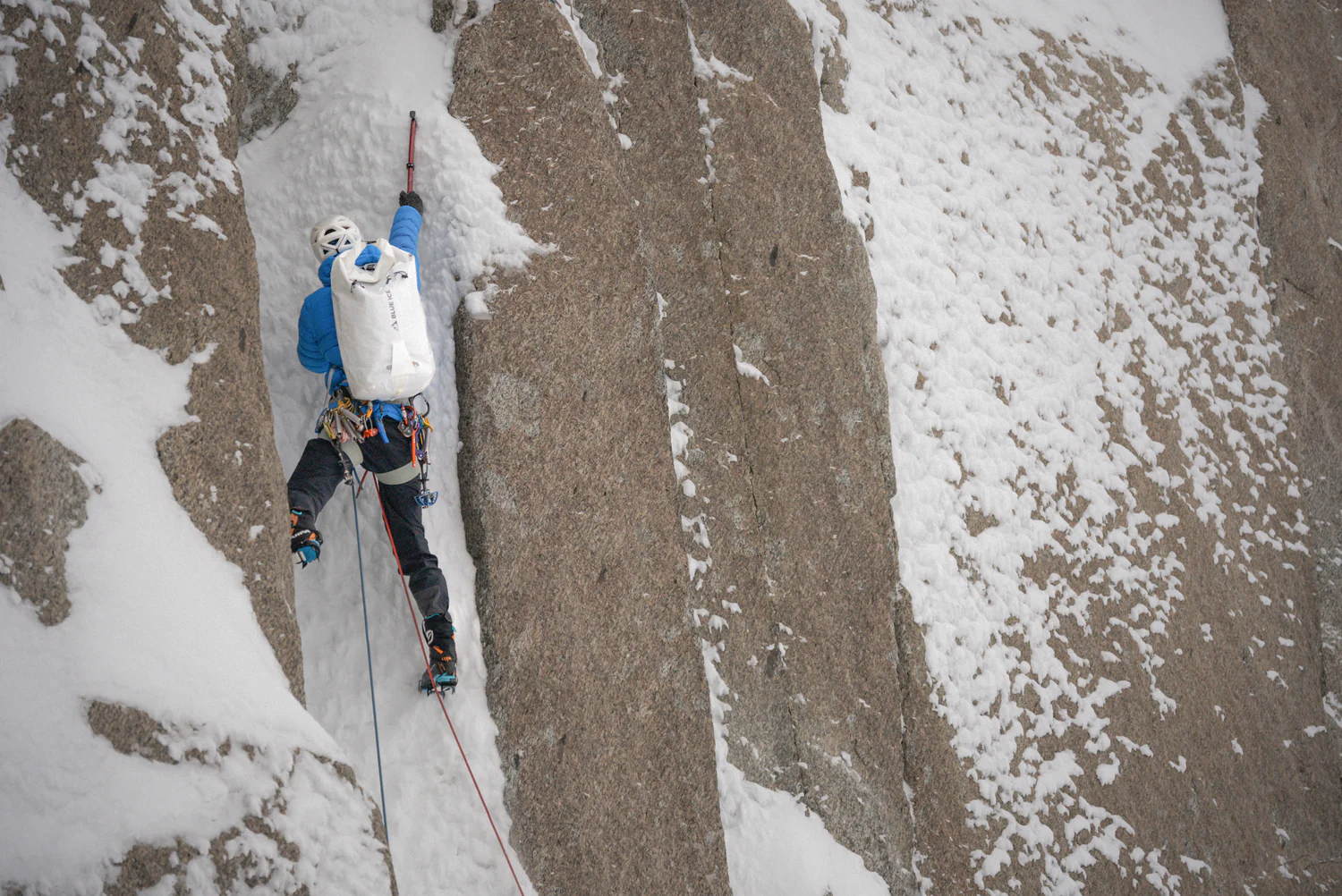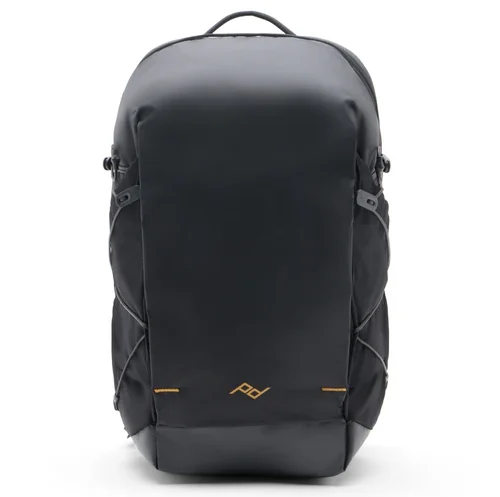
The Peak Design Outdoor Backpack 25L is a hybrid daypack designed to bridge the gap between technical outdoor gear and urban carry. With its modular architecture, dual-access design, and weather-resistant materials, it’s built for hikers, photographers, commuters, and anyone who wants a single pack that adapts to multiple environments. While it’s not the lightest or cheapest option, its versatility and build quality make it a compelling choice for gear optimisers and design-conscious adventurers.
Materials and Build Quality
The backpack is constructed from Terra Shell™ 210D ripstop nylon, a bluesign®-approved fabric that balances durability with weight savings. The front and bottom panels are coated with PFAS-free TPU, adding abrasion resistance and water repellency. The material feels premium and holds up well to scrapes, rain, and daily wear.
Zippers are unbranded but smooth and water-resistant, and the stitching throughout is clean and reinforced. The pack is frameless but structured enough to stand upright when partially loaded. It’s manufactured in Indonesia under Peak Design’s sustainability and ethical labour standards.
The overall build is sleek and minimal, with subtle branding and a matte finish that suits both trail and city use. It’s available in neutral tones like Black, Sage, and Sun, with a clean silhouette that avoids the tactical or overly techy look of many outdoor packs.
Capacity and Organisation
The Outdoor Backpack 25L features an expandable roll-top that increases capacity from 20L to 25L, giving users flexibility depending on load. The roll-top is secured with small magnets and a front bungee cord, which some users find fiddly but effective once adjusted.
Access to the main compartment is available via:
- Rear panel zip: Ideal for camera gear or tech setups.
- Roll-top opening: Best for stuffing jackets, food, or bulkier items.
Inside, the pack is compatible with Peak Design Camera Cubes, allowing photographers to customise the layout for mirrorless bodies, lenses, and accessories. The SMedium and XS cubes fit together vertically, and internal loops allow for secure clipping.
There’s also a hydration/laptop sleeve that fits up to a 16-inch laptop or a 3L water bladder, though using both simultaneously is tight. Side pockets are deep and grippy—perfect for tripods or water bottles—and the shoulder straps include stretch pockets for snacks, keys, or small tools.
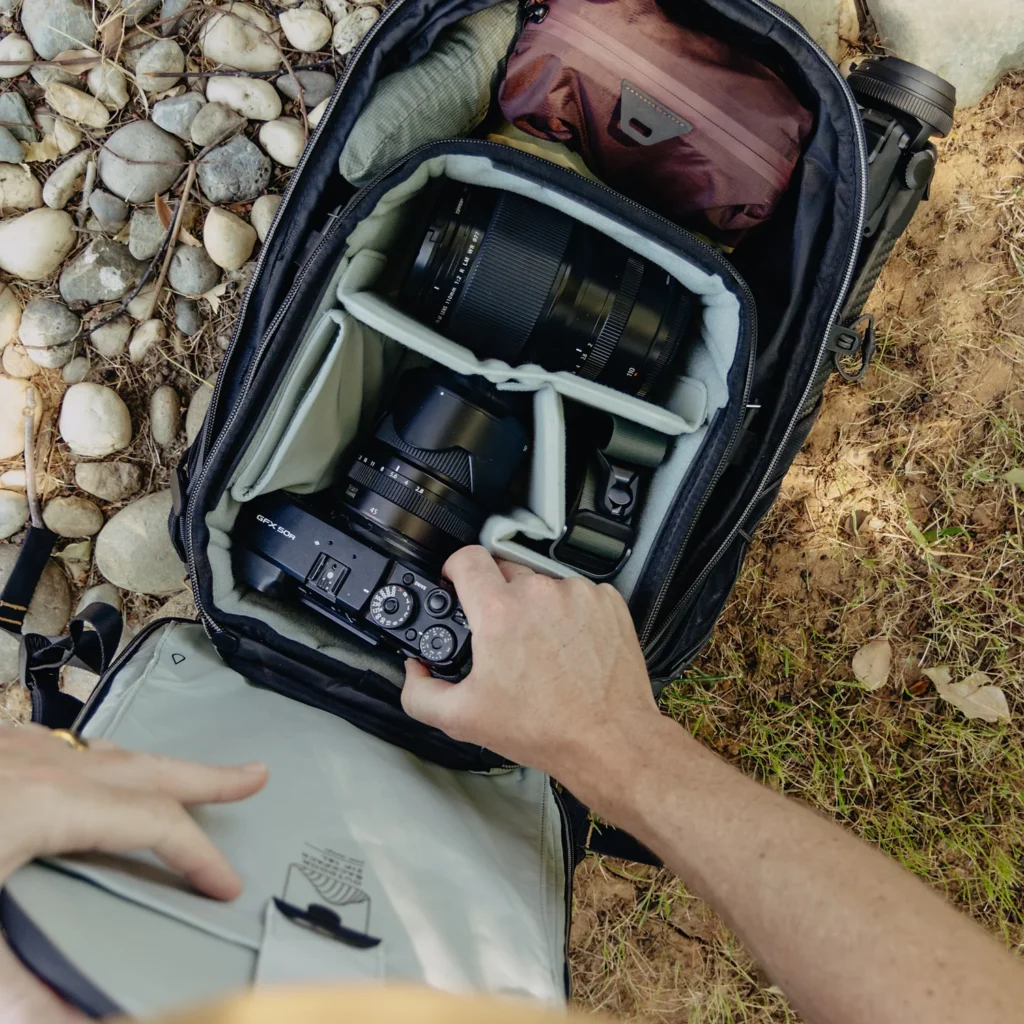
Comfort and Carry System
The harness system is one of the pack’s highlights. It includes:
- Contoured shoulder straps with integrated stretch pockets
- Two sternum straps for adjustable load distribution
- Optional hip belt (sold separately) for heavier loads
The back panel is padded and ventilated, offering good airflow for day hikes or warm commutes. The pack weighs 1.2 kg (2.54 lbs), which is reasonable for its feature set and materials. It carries comfortably even when fully loaded, and the adjustable sternum straps help dial in fit for different torso lengths.
Weather Resistance
Thanks to the TPU-coated panels and water-resistant zippers, the Outdoor Backpack 25L handles light rain and splashes well. The roll-top closure isn’t fully waterproof, and the magnets may leave small gaps if not cinched tightly, but users report no leaks in moderate conditions.
For heavy rain or snow, a separate rain cover is recommended. The pack’s materials dry quickly and resist staining, making it suitable for muddy trails or urban grime.
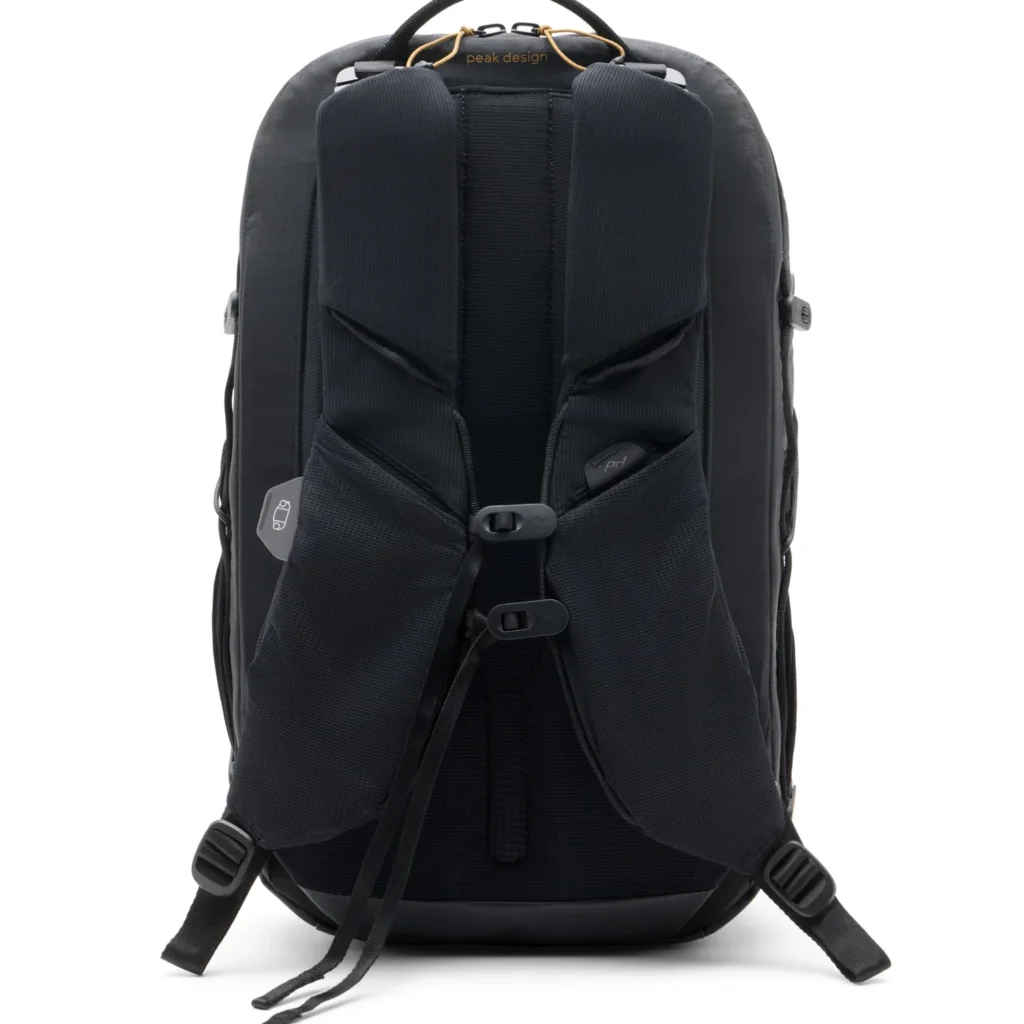
Use Cases and Versatility
This backpack is ideal for:
- Day hikes and trail missions: Enough space for layers, food, and hydration.
- Photography outings: Compatible with modular camera cubes and tripod carry.
- Commuting and travel: Laptop sleeve, clean design, and urban-friendly profile.
- Bikepacking and gravel rides: Stable carry and hydration compatibility.
It’s not designed for multi-day trekking or ultralight setups, but for single-day adventures and hybrid use, it’s one of the most adaptable packs available.
Pros and Cons
Pros:
- Modular design with camera cube compatibility
- Dual access via roll-top and rear panel
- Comfortable harness system with sternum and hip strap options
- Durable, weather-resistant materials
- Deep side pockets and smart internal organisation
- Sleek aesthetic for urban and outdoor use
Cons:
- Premium price (~£250)
- Roll-top magnets may leave small gaps
- Camera cubes sold separately
- No dedicated top pocket for quick-access items
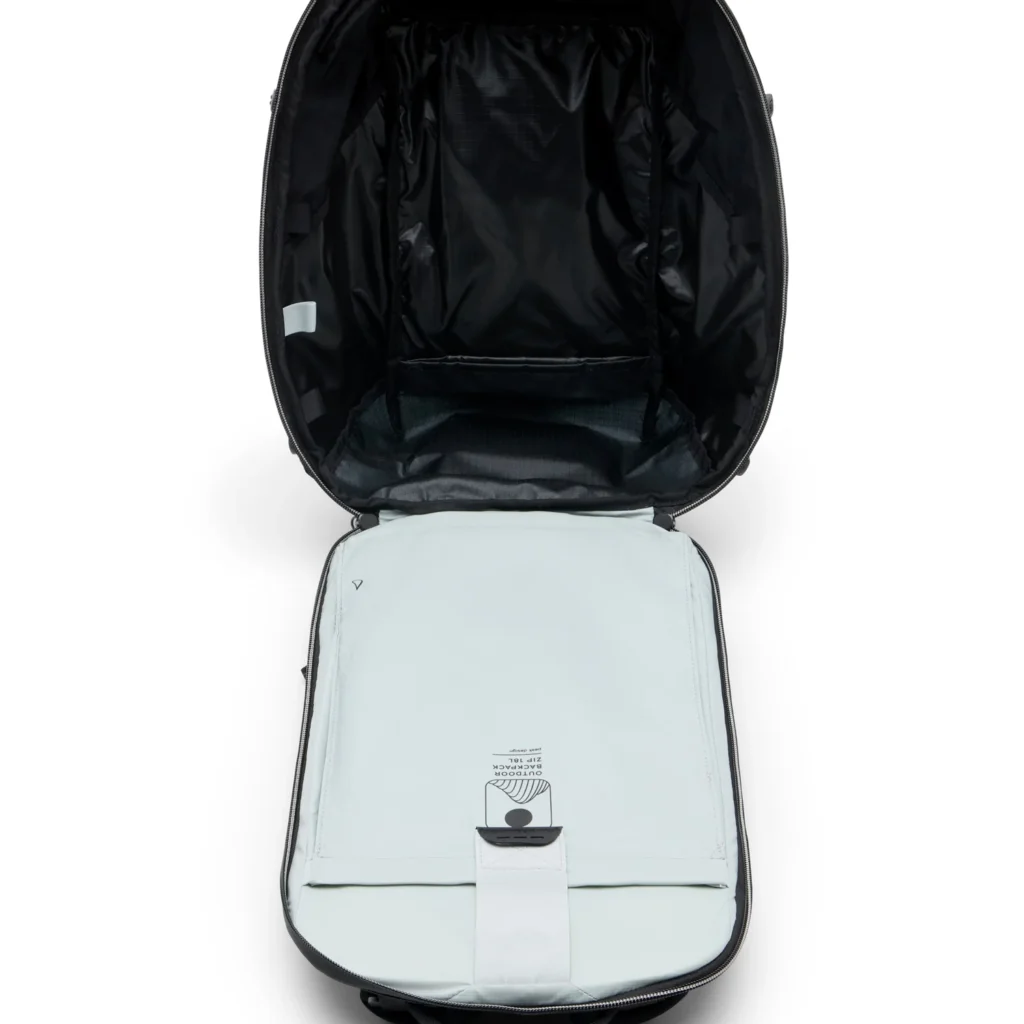
Comparison with Similar Packs
| Pack Model | Capacity | Weight | Access Style | Best Use Case | Price |
|---|---|---|---|---|---|
| Peak Design Outdoor Backpack 25L | 20–25L | 1.2kg | Roll-top + rear | Hiking + photography | £250 |
| Lowepro PhotoSport BP 24L AW III | 24L | 1.4kg | Top + side | Photo-focused hiking | £180 |
| Patagonia Refugio Daypack 26L | 26L | 0.8kg | Top zip | Commuting + light hiking | £100 |
| Osprey Talon 22 | 22L | 0.9kg | Top zip | Technical day hikes | £120 |
The Peak Design pack stands out for its modularity and dual-purpose design. It’s more customisable than the Osprey or Patagonia options, and more stylish than most photo-specific packs. For users who want one bag that does it all, it’s a strong contender.
Final Verdict
The Peak Design Outdoor Backpack 25L is a thoughtfully engineered daypack that blends outdoor functionality with urban style. Its modular layout, durable materials, and comfortable carry system make it ideal for photographers, hikers, and commuters who want a single pack that adapts to multiple roles.
While it’s not the lightest or cheapest option, it offers a rare combination of design, versatility, and build quality. If you’re looking for a pack that transitions seamlessly from trail to city, and you value modular organisation, the Outdoor Backpack 25L is well worth the investment.

